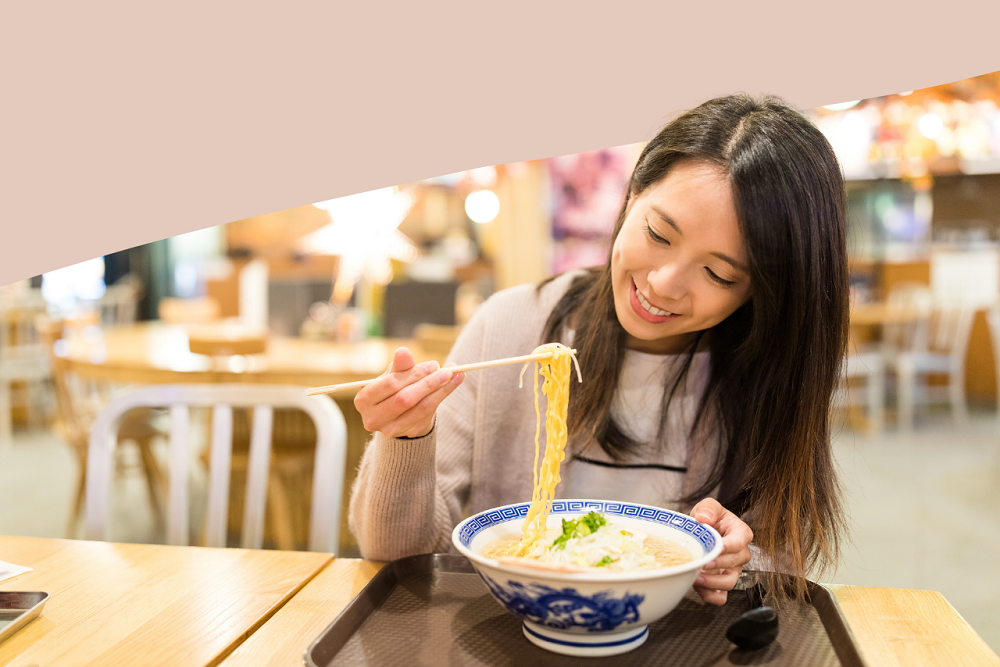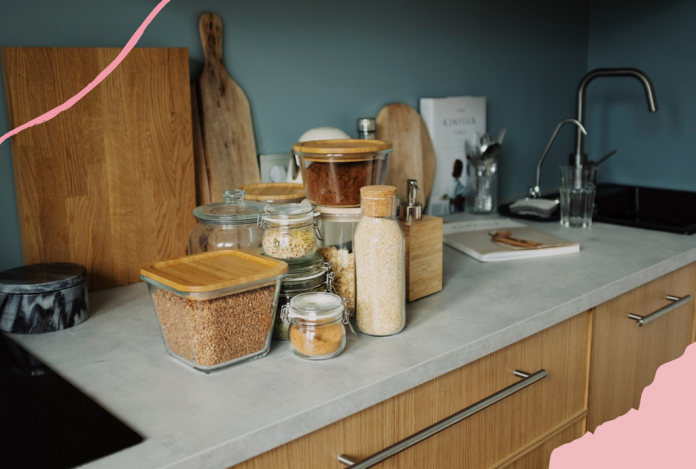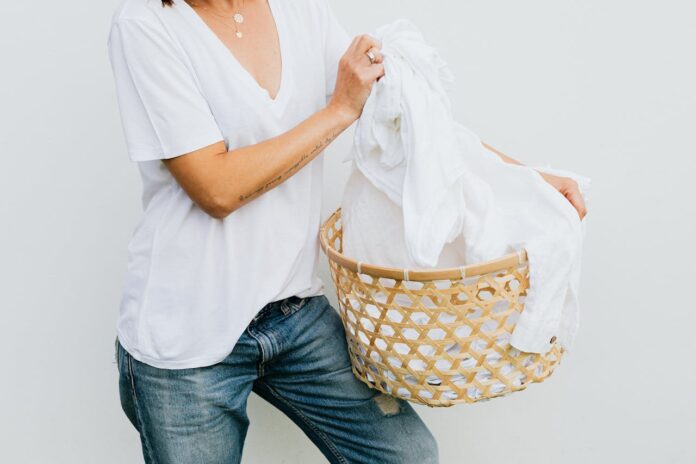Spare a thought for those who celebrate a birthday in January. With the country collectively unpickling their livers, giving their bank balances a much needed rest, and pledging to go meat free for the month, the appetite for celebration tends to be somewhat suppressed during the new year’s first month.
Should you be keen to breathe new life into your birthday and give it a different twist this year, or you’re simply curious about customs from across the world, then you’ve got to the right place; from flowers to flour, here are some unique ways birthdays are celebrated in different cultures around the world.
Canada: Grease The Nose
In Canada, the birthday boy or girl is pinned to the ground and their nose is smeared with butter or grease, all in the name of making them too slippery for bad luck to take hold in the coming year.
Another Canadian tradition is that a wrapped coin is hidden among the layers of the birthday cake. If you find the coin, you get to go first in all of the party games!
How to say Happy Birthday: Happy Birthday or Bonne Fête
Sweden: Birthdays In Bed
Next up, Swedish birthday traditions dictate that birthday boy/girl is woken up, no matter how old they are, and serenaded with ‘Ja må du leva’ while they’re in bed. It’s also custom to open birthday presents in bed, too!
When it comes to birthday cakes, the Princesstårta (Princess Cake) is by far the most popular confectionary to enjoy on birthdays in Sweden. This cake was named in honour of the three princesses, Margaretha (from Sweden), Martha (from Norway), and Astrid (Queen of the Belgians), and is a layered cake of sponge, pastry cream, raspberry jam and whipped cream. The cake is covered by a layer of green marzipan, giving it a smooth, rounded top, and a truly distinctive appearance.
How to say Happy Birthday: Grattis På Födelsedagen

Iran: The Sabzi Polo Tradition
In Iran, birthdays are celebrated with a special dish called Sabzi Polo ba Mahi – a fragrant rice dish made with fresh herbs and served with fish. The herbs used typically include parsley, dill, chives, and coriander, creating layers of green throughout the white rice. This dish is considered particularly auspicious because green represents life and renewal in Iranian culture.
Another unique aspect of Iranian birthday celebrations is the ritual of burning wild rue (esfand). Seeds are thrown on hot coals, creating a fragrant smoke that’s believed to ward off the evil eye and ensure good fortune for the coming year. The crackling sound of the seeds popping is said to drive away negative energy.
How to say Happy Birthday: تولدت مبارک (or, Tavalodat Mobarak)
Mexico: Cake Face
After singing a special birthday song called ‘mañanitas’ (or little mornings) in Mexico, guests shove the face of the birthday boy or girl in the cake for good luck. The tradition, known as the ‘La Mordida’, happens since it’s considered good luck for the birthday boy or girl to take the first bite of their cake without using utensils. Thus, a helping hand is offered! In fact, you’ll find this tradition popular across South America, too.
Las Mañanitas is a traditional Mexican birthday song sung in Mexico. It’s usually sung as an early morning serenade to wake up the birthday boy or girl.
When it comes to gift-giving, flowers are always a good choice in Mexico, coming second only to tequila in the present buying popularity pyramid. However, be sure not to give Marigolds. Often called “flowers of the dead”, Cempasuchil, or Flor de Muerto, are strongly associated with the Day of the Dead celebrations.
Dahlias are Mexico’s official flower. When given as a gift, they are a symbol of a commitment. As such, they are often used in floral arrangements at weddings and given at anniversaries. Avoid giving purple flowers as they are reserved for funerals. On the other hand, white flowers are seen as being uplifting.
How to say Happy Birthday: Feliz Cumpleaños

Jamaica: Throwing Flour
From flowers to flour…
In Jamaica, the birthday boy/girl celebrates their special day by having flour thrown in their face by ‘well-wishers’. Often, they will be anointed with water first to ensure that the flour truly adheres to the celebrant’s face.
This flouring tradition also happens in Germany, but only on your 16th birthday! On your 18th birthday in the country, the flour is replaced by an egg. Hey, they could almost make a cake out of you…
How to say Happy Birthday: Happy Birthday, or Happy Earthstrong in Iyaric, the Rastafari language
China: Slurping Noodles
All across East Asia, noodles represent longevity and a long, prosperous life. It’s believed that the longer the slurp, the longer your life will be, and because of this, it’s important not to cut the noodles with your chopsticks or spoon as you’re eating them.
In fact, in China, whenever it’s a family member’s birthday (even if your aunt, for instance, lives on the other side of the world), the whole brood eats noodles to confer a long life on the celebrant.
Every culture has superstitions around gift-giving and China is no exception. While fruit baskets are always a good thing to give here, be sure not to include a pear – the Chinese word for ‘pears’ sounds the same as the word for leaving or ‘parting’ and as such, is considered bad luck.
Gifting flowers for a loved one’s birthday in China can also get a little complex. Red flowers tend to denote a fortunate, prosperous future, and are the safest bet. Steer clear of white flowers entirely, as well as yellow chrysanthemums, both of which are reserved for funerals.
Anyway, speaking of noodles…
How to say Happy Birthday: 生日快乐 (or, ‘shēngrì kuàilè’)

Nepal: The Rice & Colour Blessing
In Nepal, birthdays begin with a special blessing ceremony where parents apply a colorful tika (a paste made from rice, yogurt, and bright colors) to their child’s forehead. The birthday celebrant also receives colorful threads to tie around their wrist, known as ‘doro’, which are believed to bring protection and good fortune. Before the modern tradition of cakes, Nepali birthdays were marked by eating kwati, a soup made of nine different beans, representing abundance and prosperity.
Another beautiful Nepali birthday tradition involves the birthday person receiving fresh flowers and durva grass (considered sacred) as blessings from elders. These natural elements symbolize growth, strength, and longevity – much like the long-running roots of the durva grass itself.
How to say Happy Birthday: जन्मदिनको शुभकामना (or, Janmadina ko Subhakamana)
Netherlands: Circle Celebrations
Here’s one that will have your head spinning: birthday celebrations in the Netherlands take on a distinctly circular nature, both literally and figuratively! Dutch birthday parties often involve guests arranging their chairs in a circle in the living room. But that’s not all – calendar congratulations are also a unique Dutch tradition. Not only do guests congratulate the birthday person, but they also congratulate all of the birthday person’s family members present at the party, creating a continuous circle of well-wishes.
The Dutch are also famous for their love of hagelslag (chocolate sprinkles) on bread, and on birthdays, this simple treat is elevated to party status with special fruit-flavored varieties and elaborate decorative patterns. Unlike fairy bread in Australia, this isn’t just for kids – adults indulge just as enthusiastically!
How to say Happy Birthday: Gefeliciteerd met je verjaardag
Ghana: The Outdooring Ceremony
While Ghanaians celebrate birthdays throughout life, one of the most significant birthday celebrations is a baby’s first – known as the ‘Outdooring’ ceremony. Traditionally held on the eighth day after birth, this ceremony marks the baby’s first time being brought outside and officially presented to the community and elements of nature like the sun and rain.
During modern birthday celebrations, Ghanaians often engage in the tradition of ‘spraying’ – where guests shower the birthday celebrant with money while they dance. The amount isn’t as important as the gesture itself, which symbolizes wishes for prosperity. Another unique aspect is the breaking of a kola nut and sharing it among guests – a practice that represents unity and blessings.
How to say Happy Birthday: Afihyia Pa (in Twi, one of Ghana’s major languages)
Russia: Pull The Ear
In Russia, a wonderfully childish tradition exists where you get to pull the birthday person’s ears as many times as their age, plus one for luck. This is often accompanied by the saying ‘’grow up; don’t be noodles’’, which is an encouragement to mature into a tall and strong adult. This pulling ear tradition is also popular in Brazil.
Interestingly, 40th birthdays tend not to be celebrated in Russia. This is because, in the Eastern Orthodox Christian tradition, it’s believed that the 40th day after death is your soul’s judgment day. On this day, a memorial service for the departed is traditionally held. Therefore, it’s considered back luck to celebrate your 40th in Russia, and the year’s birthday celebrations are usually skipped.
How to say Happy Birthday: с днем рождения (or, ‘s dnem rozhdeniya‘)
Australia: Eating Fairy Bread
This iconic sweet treat, consisting of soft white bread spread with butter and sprinkled with hundreds and thousands, has graced Australian birthday party tables for decades. However, as Mashed writes, “you do not have to be young to enjoy this food fit for Tinker Bell.’’ In fact, an Australian birthday party is the perfect excuse to indulge in some treats usually deemed only fit for kids!
In Australia, your 21st birthday is considered the ‘big one’, and will often be celebrated with a huge barbeque party and an extravagant gift that symbolises a transition into adulthood, such as a car, from mum and dad. Incidentally, in South Africa, your 21st is also considered your most important birthday, with parents giving their child a symbolic key as a gift on this date.
How to say Happy Birthday: Happy Birthday Mate
South Korea: A Bowl Of Seaweed Soup
Originally a postpartum food for mothers, in South Korea seaweed soup is given to new mums to replenish the nutrients in the body after going through the tiring process of labour. As such, the tradition of eating seaweed soup by Koreans on their birthday stems from that simple way of honouring the mothers who brought them into the world.
So how do you make it? As Korea.net explains “The preparation of this soup is simple, with just dehydrated seaweed, soy sauce, garlic, sesame oil, salt and water needed as ingredients. Throwing in meat or seafood adds protein but beef is the meat of choice, though coastal areas add mussels or white fish. Even with these variations, the seaweed remains the star of the dish.’’ Sounds downright delicious to us!
How to say Happy Birthday: 생일 축하합니다 (or, saeng-il chu-ka-ham-ni-da; a polite and respectful way to say it)
Stick around in South Korea a little longer with us, in the capital Seoul, eating the city for all it’s worth.





